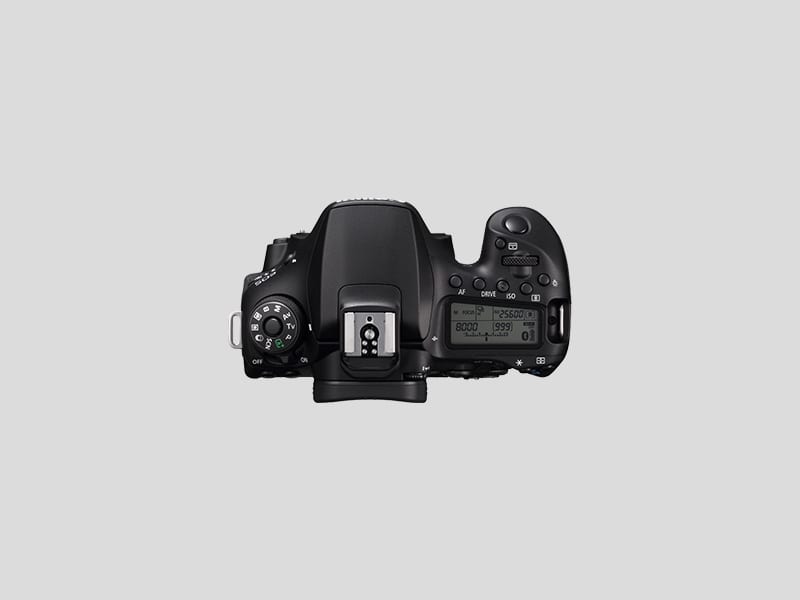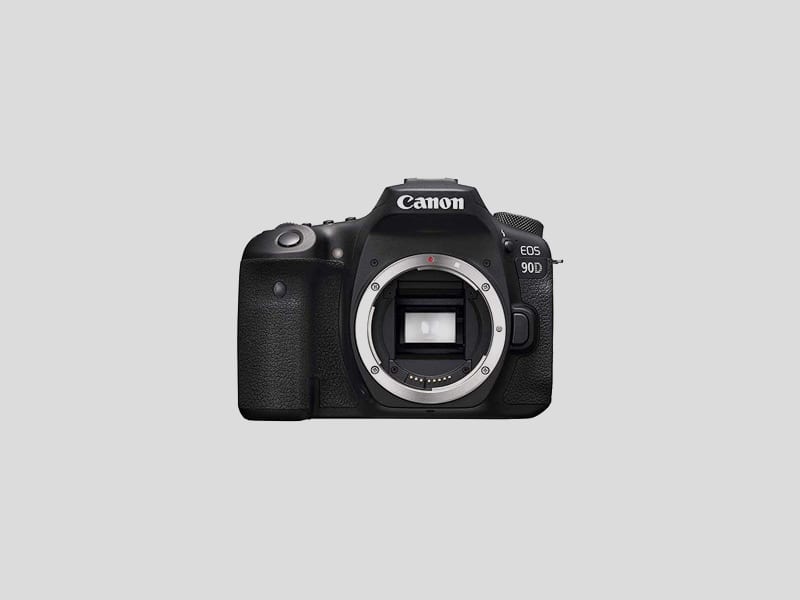Canon EOS 90D Review
DSLRs have long been the preferred choice for professional photographers. With the advent and upgrading of mirrorless cameras, most photographers have made the jump from DSLRs. But if you prefer DSLR and have been a Canon loyalist, then the Canon EOS 90D is just the right camera for you. Feature-packed, and sensibly priced, for photographers looking to move to another DSLR, the Canon EOS 90D is worth considering.
The Canon EOS 80D was one of the best cameras launched by Canon for anyone who needed a mid-level DSLR that could beyond the basics of shooting. It was easy to handle and provided amazing results. In order to match the mirrorless cameras and their range, Canon has come up with the Canon EOS 90D, a DSLR with mirrorless capabilities. Launched alongside the Canon EOS M6 Mark II, the 90D has all qualities required for a traditional and strong DSLR. Long battery life, good and easy handling, optical viewfinder, etc were some features along with cutting edge specs that make the 90D a strong contender. A new sensor that has 32.5 MP, Canon’s latest imaging engine, and easy features to crop images are just some other things that give the 90D a boost.
The price and size of the Canon EOS 90D make it user friendly and affordable. Priced at US$1,199, it is a tempting choice for ambitious enthusiasts, beginners, or experienced professional photographers who need a camera that works in various conditions.

The 32.5 MP APS-C CMOS takes center stage in the Canon EOS 90D. The sensor resolution of most APS-C cameras has topped out at 24 MP, which means the 90D offers the highest resolution found in the crop-sensor class of cameras. This kind of revolution provides an advantage for photographers. It means that you will be able to capture more details while having the flexibility to crop an image during post-production or processing. You can also zoom in on your subject without compromising on image quality. Higher resolution is always welcome in cameras but it can also result in more noise in images shot at higher ISOs.
Canon has come up with a Digic 8 processor which is considered game-changing. It is what gives 90D a major performance boost over its predecessors. Digic 8 lends the 90D ability to shoot 4K video, which is quite impressive. The Canon EOS 90D and its video capture uses the entire width of the sensor, which is pretty much a first for Canon. Videos are captured and recorded in MP4 file format in 4K UHD (3840 x 2160) quality to a maximum 30fps, in Full HD (1920 x 1080) at up to 60fps, or Standard HD (1280 x 720) at 60fps, and with a maximum duration of 30 minutes.
The Digic 8 processor ups the ante when we look at maximum burst speed and native ISO range. Burst speed sees a jump from the 80D’s 7fps to a fast 10fps with continuous autofocus (or 11fps when using Live View), while the 90D has a native ISO range of 100 to 25,600, expandable to 51,200.

Dual Pixel CMOS AF is available when using Live View and covers about 100% of the frame vertically and 88% horizontally, with a staggering 5,481 AF points to choose from manually. The joystick found on the right of the display, is a pleasure to use, and gives excellent precision when choosing a focus point. With a working range of -3EV to 18, the camera doesn’t quite match the low-light performance of Canon’s full-frame mirrorless cameras, but will work well in all but the most extreme lighting conditions.
The Canon EOS 90D is water and dust resistant. Aluminum alloy, polycarbonate resin, and glass fiber body make it feel sturdily built. The design is ergonomic and can be comfortable to use even over a long duration. The grip is redesigned to be deeper and thinner than predecessors, which makes the 90D feel lightweight and sleek. Even if you use big lens, the camera feels comfortable and can handle bigger lenses without any fuss.
The 90D has an optical viewfinder that offers a magnification of approximately 0.95x and covers almost 100% of the frame. Being an optical viewfinder, you won’t be able to see the effects of the camera settings like exposure and white balance on the scene. But you can select other information such as active AF point, shutter speed, aperture, and ISO value. There’s a flicker alert as well to warn you when a flickering light is detected.
To sum it up, the Canon EOS 90D is an option worth considering for people familiar with Canon’s ecosystem and needing a DSLR with mid-range capabilities. It has done a fantastic job of delivering high-quality images with precise controls. Its metering system is top-notch and the burst speed is sufficient for most users. The sturdiness of the camera makes it an affordable purchase and it can be used for long shoots by different kinds of photographers.
